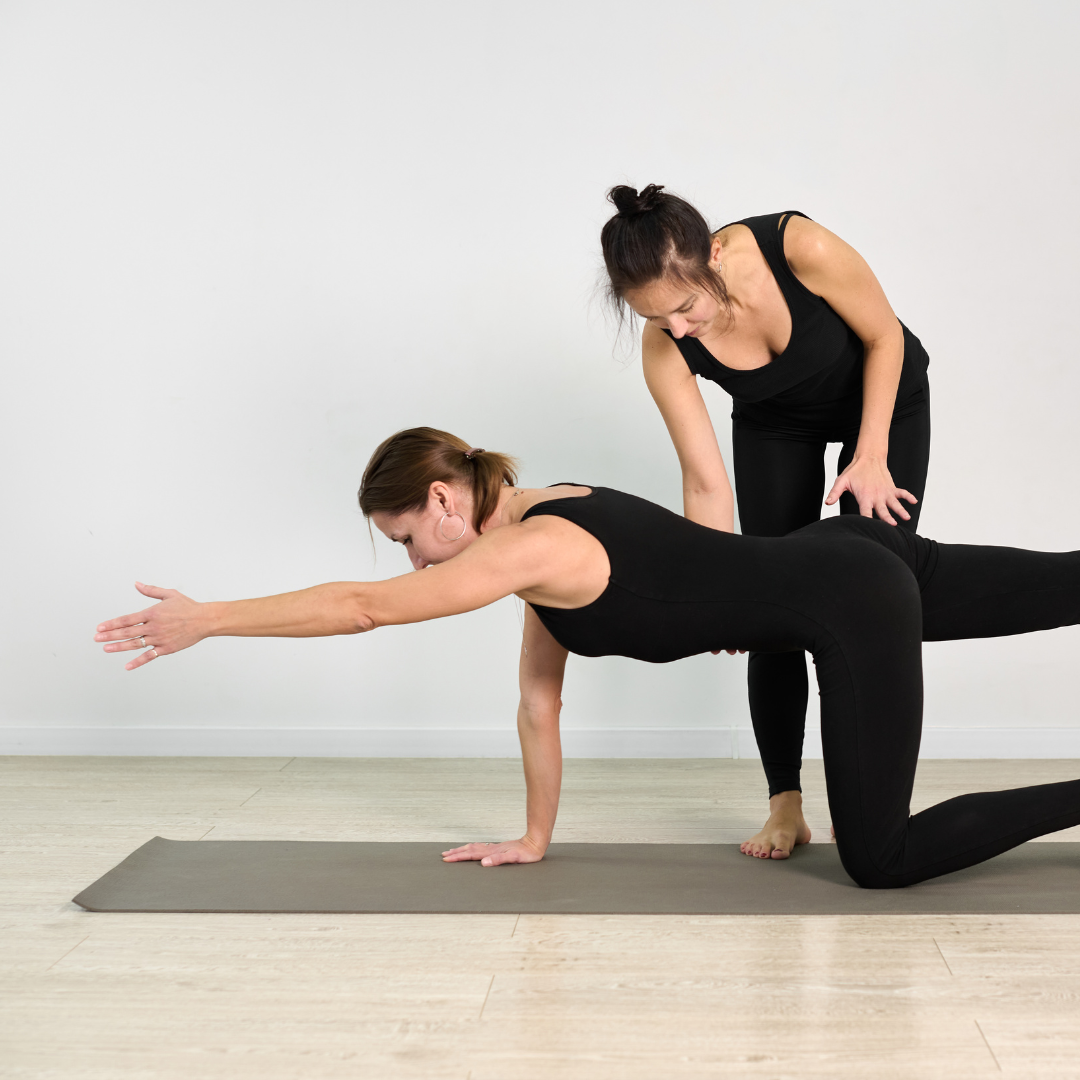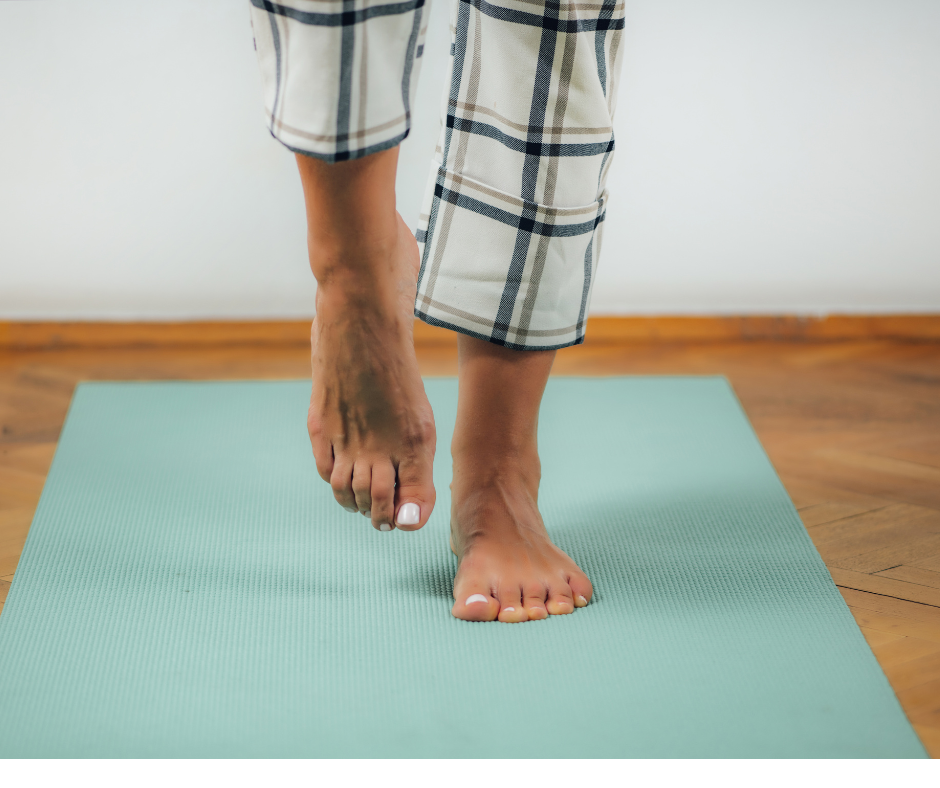Knee Pain: How Physio Helps at Every Age and Stage
Knee pain can creep up on anyone - school kids after sport, busy adults juggling training or work, acute injury during sport or at home and older adults noticing a niggle on the stairs. Whether it is new and sharp or a long-standing ache, knee pain is frustrating because it limits the things you love. The good news? Physiotherapy can help at every stage - often without pain medication or surgery, and get you back to your previous activities, your wanted activity, or your sport.
Who gets knee pain? Everyone! Just in different ways.
For sporty kids and teens, it is often linked to growth spurts, training load, or a sudden change in sport. Think patellofemoral pain around the kneecap, tendon irritation, or a twist at footy or netball.
For active adults, it might be a return-to-running niggle, a gym personal best pushed a little too far, or gradually increasing pain with hills, stairs, or squats.
For older adults, knee osteoarthritis is common but “wear and tear” does not mean “give up.” With the right guidance, most people improve strength, confidence, and function without needing an operation.
There are also pre-surgical and post-surgical moments. Before surgery, targeted prehab builds strength, mobility, and conditioning so you go in stronger and come out better. After surgery - such as ACL reconstructions, meniscal repairs, or knee replacements—a structured rehab plan is essential for healing well and safely returning to daily life and sport.
How can your physio help your knee pain?
A thorough assessment comes first. We listen to your story, test strength, mobility, and control, and look at how you move, squat, step, run, or jump. We then explain what is going on in plain language and map out a clear plan.
Treatment blends hands-on techniques to settle symptoms, tailored exercises to build strength and resilience, and practical tweaks to training load, footwear, technique, and daily habits. We may use taping or bracing in the short term and we progress your plan so it stays effective. If you are a runner or court athlete, we assess stride mechanics and change-of-direction control. If you are post-op, we guide milestones; range, swelling control, gait retraining, progressive strength phases, and return-to-sport criteria, so you know exactly where you are heading.
At EBR Physio we also deliver evidence-based hip and knee osteoarthritis programs such as GLA:D. These focus on targeted education and exercise to reduce pain and improve function. It is not about smashing the joint; it is about smarter loading, stronger muscles, and more confident movement.
Can physio help you avoid surgery or pain medication?
In many cases, yes. A lot of knee conditions respond well to the right mix of load management and progressive strengthening. Patellofemoral pain, tendinopathy, early osteoarthritis, and many overuse issues often improve without injections, long-term pain medication, or surgical referral. When scans show “changes,” that does not automatically mean you need an operation - your symptoms, function, and goals matter most. If we think medical imaging, a GP review, or an orthopaedic opinion is warranted, we will tell you straight and coordinate your care.
What about kids and teens?
Growing bodies are resilient, but they need load that matches their stage. We help balance sport, school, and recovery, teach simple warm-ups and technique cues, and build strength around hips, glutes, and calves to take pressure off the knees. The aim is to keep them involved, not bench them for weeks.
What about older adults?
Ageing knees still love movement. Graded strength work, balance training, and confidence with everyday tasks, getting up from a chair, tackling stairs, and walking further—make a big difference. Education reduces fear, improves pacing, and helps you stay independent. Many people delay or avoid surgery altogether by sticking with a well-built exercise plan.
When to seek help (and when it is urgent)
If your knee pain is persisting, stopping you from moving freely, or keeps flaring when you try to be active, it is time to see a physio. Seek urgent care if you cannot bear weight after a significant injury, if there is a sudden “pop” with rapid swelling, if the knee is hot and feverish, or if there are signs of infection after surgery.
Your next step
You do not have to put life on hold or reach straight for pain medication. With the right plan, most knees get better - stronger, steadier, and happier so you can get back to the things you love. In many cases physiotherapy helps you avoid seeing a surgeon and relying on pain medication.
Book a consultation with EBR Physio in Bentleigh East and let us get your knee moving well again. We will listen, assess, and create a clear step-by-step plan to return you to your previous activity, your wanted activity, or your sport—without unnecessary scans, drugs, or surgery.
We are ready when you are - set up your consult today.
FAQS
Do I need a scan before I see a physio for knee pain?
Most people do not need a scan first. Your physio can assess and advise whether imaging is necessary based on your symptoms and goals.
How long until my knee feels better with physio?
Many people notice change within two to four weeks, with steady progress over eight to twelve weeks, depending on the condition and consistency.
Can physio help knee osteoarthritis?
Yes. Education, strength training, and load management can reduce pain, improve function, and often delay or avoid surgery. Long term benefits made be achieved with joining our GLA:D program
When should I see a surgeon about knee pain?
If there is significant instability, locking, or failure to improve after a thorough physio program, an orthopaedic opinion may be appropriate. Your physio will guide this.





